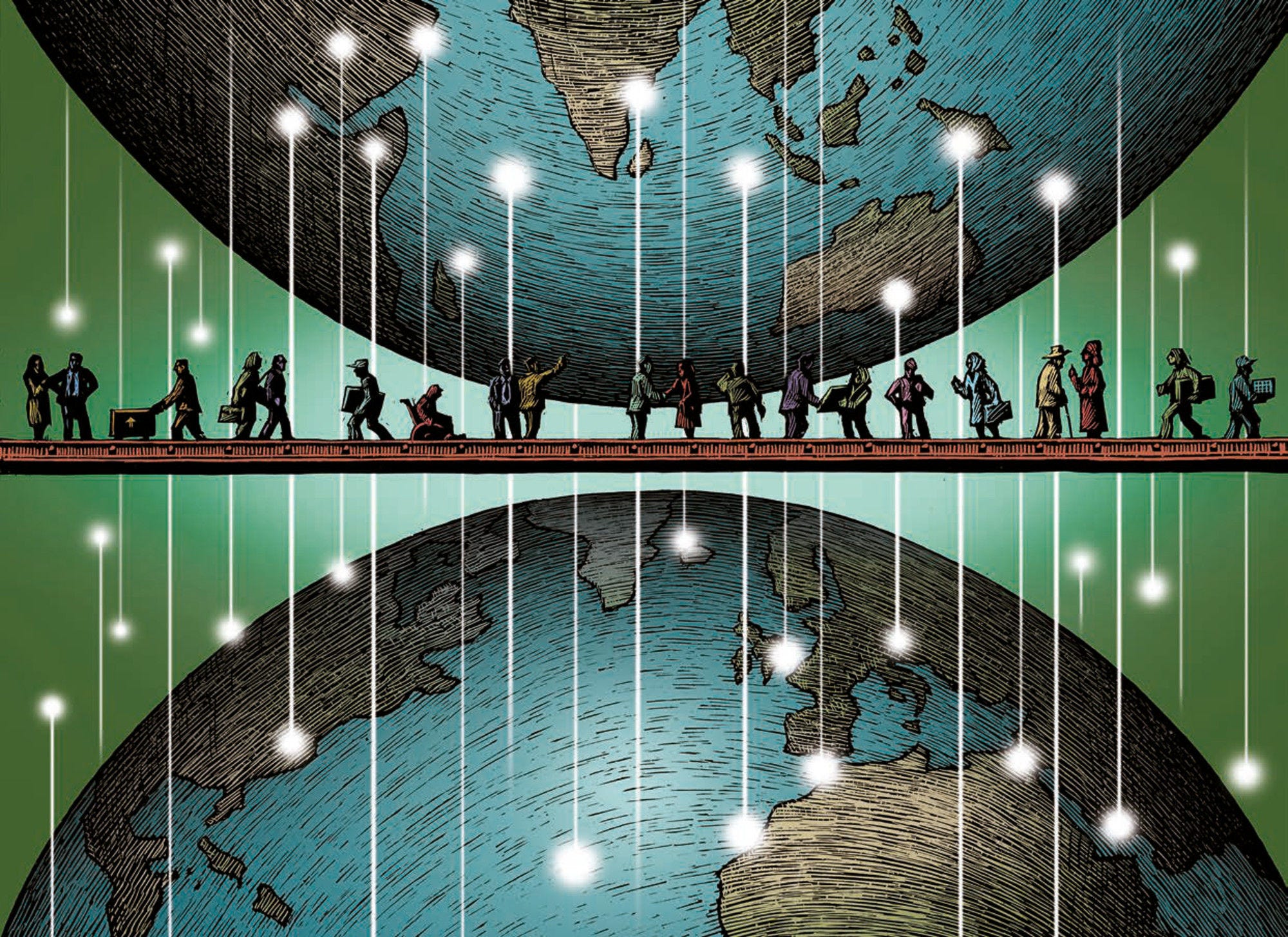In 2020, Denmark received 41 000 new immigrants on a long-term or permanent basis (including changes of status and free mobility), ‑15% compared to 2019. This figure comprises 61% immigrants benefitting from free mobility, 18.4% labour migrants, 17.9% family members (including accompanying family) and 1.5% humanitarian migrants. Around 5 000 permits were issued to tertiary-level international students and 3 800 to temporary and seasonal labour migrants (excluding intra-EU migration). In addition, 35 000 intra-EU postings were recorded in 2020, a decrease of ‑24% compared to 2019. These posted workers are generally on short-term contracts.
Romania, Poland and Germany were the top three nationalities of newcomers in 2020. Among the top 15 countries of origin, Sweden registered the strongest increase (100) and India the largest decrease (‑800) in flows to Denmark compared to the previous year.
In 2021, the number of first asylum applicants increased by 40%, to reach around 2000. The majority of applicants came from Afghanistan (600), Eritrea (400) and Syria (300). The largest increase since 2020 concerned nationals of Afghanistan (500) and the largest decrease nationals of Morocco (‑30). Of the 1 550 decisions taken in 2021, 50% were positive.
The Positive List for Skilled Work is a list of skilled professions experiencing a shortage of qualified professionals that was introduced in 2020. Foreigners who have been offered a job included in this list can apply for a Danish residence permit of up to four years. As of January 2021, a fee was imposed on working holiday visa applications.
While beneficiaries of temporary subsidiary protection status in Denmark were required to wait three years for family reunification, that delay has been administered since October 2021 as a two‑year waiting period due to the judgment of 9 July 2021 from the European Court of Human Rights in the case of M.A. v. Denmark. In April 2022, the Danish Government proposed an amendment to the Aliens Act to consolidate that practice (adopted in June 2022, effective 1 July 2022).
On 3 June 2021, the Danish Parliament adopted a law introducing the possibility of transferring asylum seekers for asylum application processing and subsequent protection in third countries. The transfer scheme will only enter into effect when Denmark secures an agreement with a third country. A Danish Return Agency was established in August 2020 and a new Return Act came in to force on 1 June 2021 and regulates the voluntary return procedure.
In April 2021, the Danish Parliament revised the criteria for naturalisation. The agreed criteria applicants must fulfil are in general: 1) speak and write Danish at a satisfying level (Danish 3 or 2 for applicants who have been self-supporting; 2) pass the Danish citizenship test; 3) sign a solemn declaration; 4) reside in Denmark for nine years with a permanent residence permit for at least the last two years, 5) been a full-time employee or self-employed for at least three years and six months within the last four years and at the time of the submission of the bill of notification of naturalisation; 6) participate in a “constitutional ceremony” and exchange a handshake with a representative of the public authorities at the ceremony. Applicants must also be self-supporting (not receiving major social benefits) and cannot be convicted of certain crimes or have received certain sanctions.
In December 2020, the government and social partners agreed to extend the target group of the Integrationsgrunduddannelse (igu) programme to refugees and their family for up to ten years after obtaining a residence permit (formerly up to five years). Igu is a job and training programme, by which new arrivals are brought into regular employment for a period of two years on special wage‑conditions.
Following the national action plan against parallel societies, the Danish Government has received and accepted 17 development plans for housing areas with social and integrational challenges. In June 2021, the government, together with a large majority in the parliament, have agreed on new initiatives ensuring that all social housing neighbourhoods will be Mixed Residential Areas. The initiatives includes new rental rules, which will prevent the development of new vulnerable residential areas.
For further information: www.uim.dk | www.newtodenmark.dk | www.integrationsbarometer.dk

